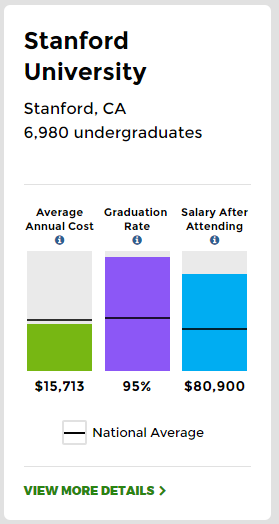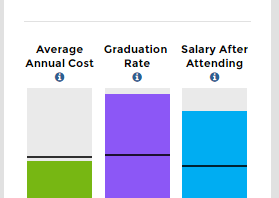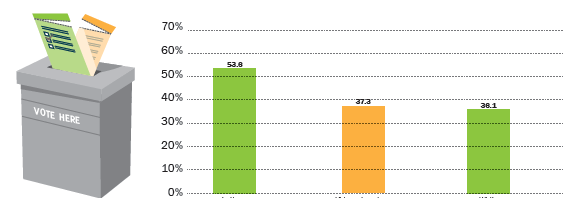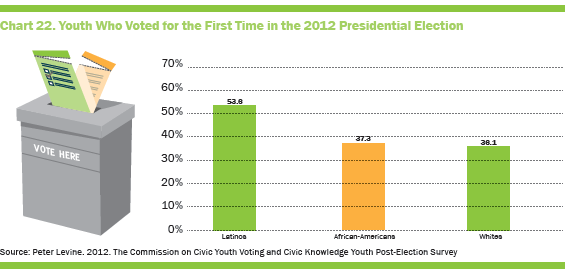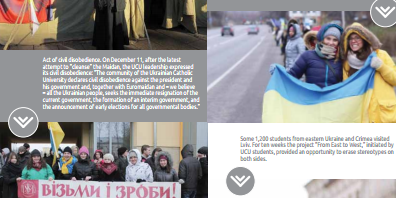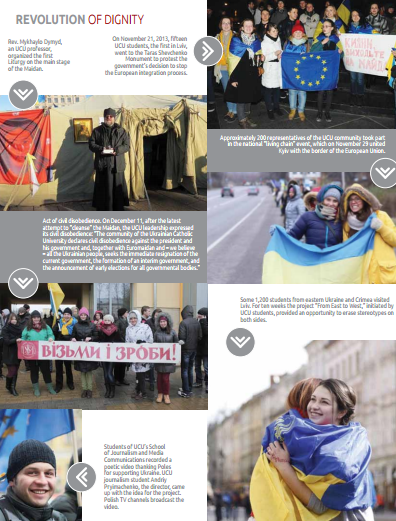“Kids today don’t appreciate Shakespeare.” That is a tired, perennial complaint. It is not the point that the eminent Shakespearean Stephen Greenblatt makes in “Teaching a Different Shakespeare From the One I Love.” In fact, he admires the way his students approach and use Shakespeare, but he notes two important differences from his own response when he was their age. First, his students are less likely than he was to identify with Shakespeare, to claim his works as part of their inheritance. And second, they are less likely to be moved by the language itself, “touched by the subtle magic of his words.”
Both observations resonate with my own experience. My father was, like Greenblatt, a Jewish-American academic who claimed the English 16th century as his birthright. Dad was perfectly well aware that his ancestors lived in Eastern Europe in Shakespeare’s time and that people like them were banned from–and hated in–England. But if someone had said that Shakespeare wasn’t really my father’s because he belonged to the English (or to gentiles), Dad would have taken those as fighting words. Like Greenblatt, he might have said that the renaissance heritage “was mine as if by birthright, for the simple reason that English was my native tongue. All that I needed to do was to immerse myself in it passionately.” And just as the literature of renaissance England was ours by virtue of our language, so the political heritage of the English revolution (especially its radical wing) was ours because of its influence on the American liberal tradition. In fact, I may have grown up with the shadow of an unspoken idea that Shakespeare and his age belonged most authentically to people like my father, because he had chosen to devote sophisticated critical attention to the texts. Someone with an English name and an English accent who operated an olde tea shoppe in Stratford-on-Avon was, by comparison, an interloper.
Although I recognize huge differences of context and circumstances, I would suggest a rough analogy to the special affection that many African-American Christians feel for the King James’ Version (KJV) of the Bible, which was the other great literary achievement of Shakespeare’s era. As Adelle Banks writes:
The Rev. Cheryl Sanders, an ordained minister and professor of Christian ethics at Howard University School of Divinity, said the KJV’s soaring language can uplift listeners, especially those who have been oppressed.
“It’s a loftiness to the language that I believe appealed to people who are constantly being told, ‘You don’t count. You’re nobody. You’re at the bottom rung of the ladder,'” said Sanders, who has written about black Christians’ use of the KJV. “If I can memorize a verse of Scripture, it gives me a certain sense of dignity.” …
“Although I think young black people are using other translations and finding them useful, we’ll always have a sentimental attachment to King James,” said [Rev. Joseph] Lowery, a retired United Methodist minister who marched with the late Rev. Martin Luther King Jr.
I would add that the KJV echoes throughout the great canon of African American writing, including, of course, the works of Dr. King: “Let justice will roll down like waters and righteousness as a mighty stream.” (Cf. Amos 5:24.)
Rev. Lowery notes a generational shift when he observes that “young black people are using other translations.” Greenblatt suggests two causes for the similar shift that he observes: a growing tendency to treat authors as alien if they are not demographically similar to the reader, and a shrinking sense of direct, affective awe in response to written poetry.
In assessing these changes, I would avoid polemic. Everyone can decide for herself whether to identify with–and claim–long-dead authors and how to respond to written words. Greenblatt’s students are responding to Shakespeare in creative ways that enrich the culture. I am not saying they are wrong. But I would offer two suggestions:
First, you can claim Shakespeare as yours if you speak English, whether it is a mother tongue or a second language. That is an authentic choice, even if your religion, gender, race, and national origin are very different from his. When presented with the Bard as a model, one political response is to say, “Shakespeare was an old white Christian man from the colonial power, and I am not.” A different political response is: “Shakespeare’s words are mine as much as yours, and if you deny my right to them, I will challenge you.” The latter is no less radical or potentially subversive. Which response to choose is a complex and personal matter, and I don’t object to either. I just want to suggest that the second option is available to anyone. And it may be the path less taken today.
Second, I worry that it is becoming increasingly difficult to hear the power and resonances of very fine written language. Culture is increasingly visual and oral, which expands our capacities in some respects but possibly weakens our ability to absorb the special power of the written word.
We are living at a time of incessant communication. By one estimate, more words were recorded in 2002 alone than in all of human history up through 1999. The increase since then has been exponential. Even the older formats are exploding in scale. About half a million new book titles are published every year in English, whereas about 147 books were licensed annually in England in Shakespeare’s day: a 3,400-fold increase. When communications arrive in a ceaseless deluge, it may require crude and explosive language to capture attention.
One source of literary depth and power is allusion. But in order for an allusion to work, the writer and the reader must know the same referents. An excellent reason to study Shakespeare and the KJV is that they have echoed so pervasively through such diverse texts. There are still millions who can hear those echoes, as others can hear Quranic references in classical Arabic or the Shijing reverberating in modern East Asian verse. But when new text is piped around the world by the terabyte, the chances fall that an audience will recognize any given referent. The most widely shared references are from contemporary mass culture, which tends itself to have thin resonances.
I was pretty absorbed and awestruck when I saw live Shakespeare as a child and as a teenager. The words themselves could bedimm the noontide sun and call forth the mutinous winds. I think that response is less likely today, not because the language has evolved so much further from Elizabethan English, nor because there is anything wrong with today’s kids, but because a child is exposed to a much larger quantity of professionally produced, highly emotional drama: constantly streaming videos of all kinds. A play has much more to compete with.
We also live at a time of manic linguistic invention and expansion, when new words and phrases seem to enter the language daily, often duplicating existing choices and overriding traditional grammatical constraints. (Witness the constant turning of nouns into verbs in business English.) Shakespeare’s time offers certain parallels. The volume of public speech and printed communication was expanding rapidly then as well, and English vocabulary was growing. It is often claimed that Shakespeare personally added 1,500 or 2,000 words to English. Those numbers may be exaggerated because older sources have been lost, and scholars search Shakespeare’s works for alleged coinages without always consulting other surviving texts that might use the same words. But there is no doubt that Shakespeare and his contemporaries shared our predilection for inventing words, mixing sources, bending genres, and breaking all putative grammatical rules.
But they had to expand their language. English wasn’t very old, and it needed a much larger store of words, phrases, and tropes to rival Latin. You can often sense a writer of Shakespeare’s day struggling to convey an idea that now seems very straightforward, just because we have more resources. Today we don’t lack words and phrases, but we struggle to hear the resonances of the ones we have. We turn the noun “impact” into a verb without exploring the possibilities of verbs that have histories, like “affect,” “change,” “influence,” “modify,” “transform” (and many more).
I am not committed to linguistic conservatism as a principle; languages change as a result of wonderful human inventiveness. I agree with Greenblatt that multimedia adaptations and mashups of Shakespeare can be fantastic contributions. Yet we can perhaps profit more than usual by slowing down and hearing the depths of our linguistic inheritance.
[See also “signal” (a poem on this theme) and the political advantages of organized religion, in which I note the political power of “Ezekiel connected dem dry bones” and its roots in the KJV.]
